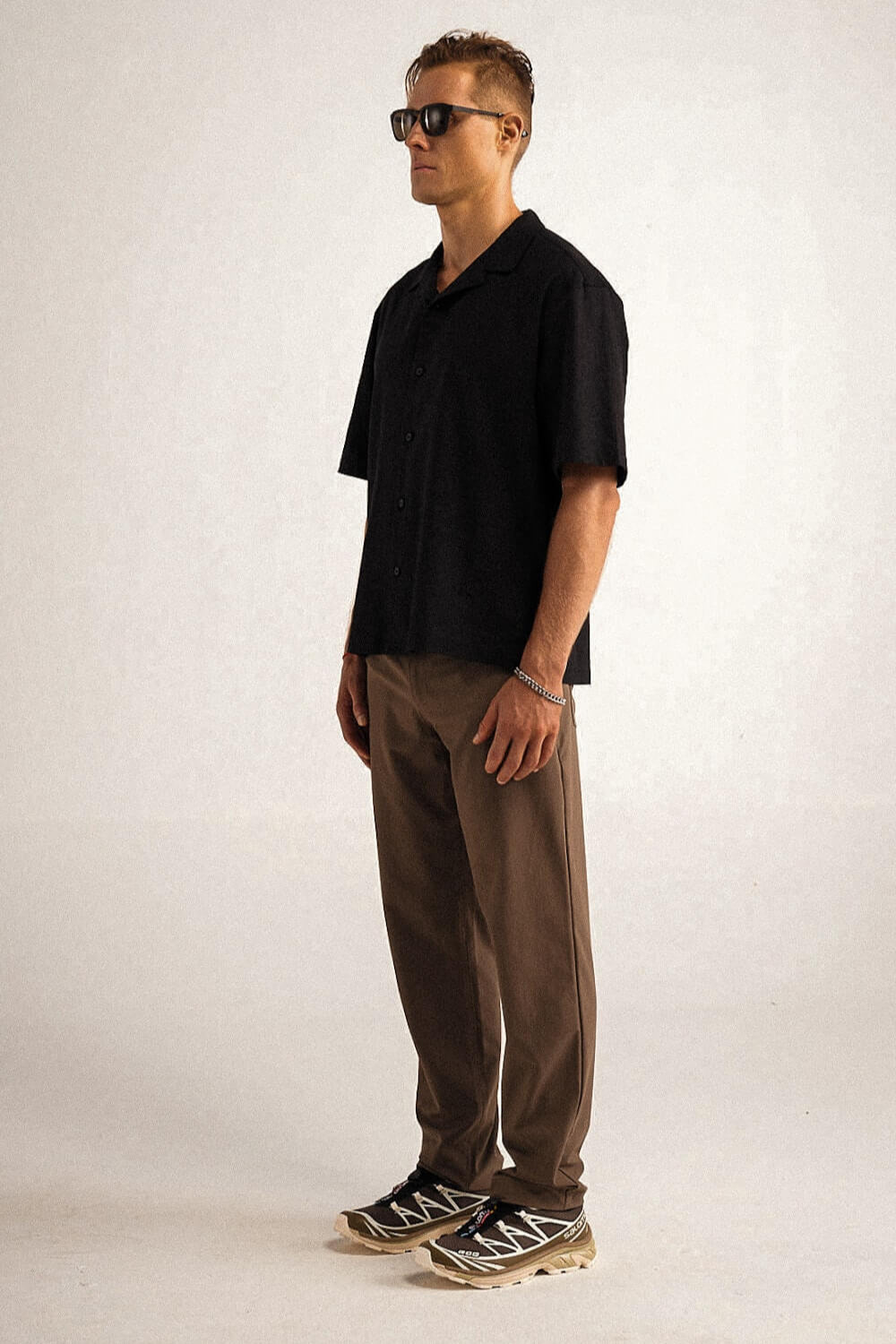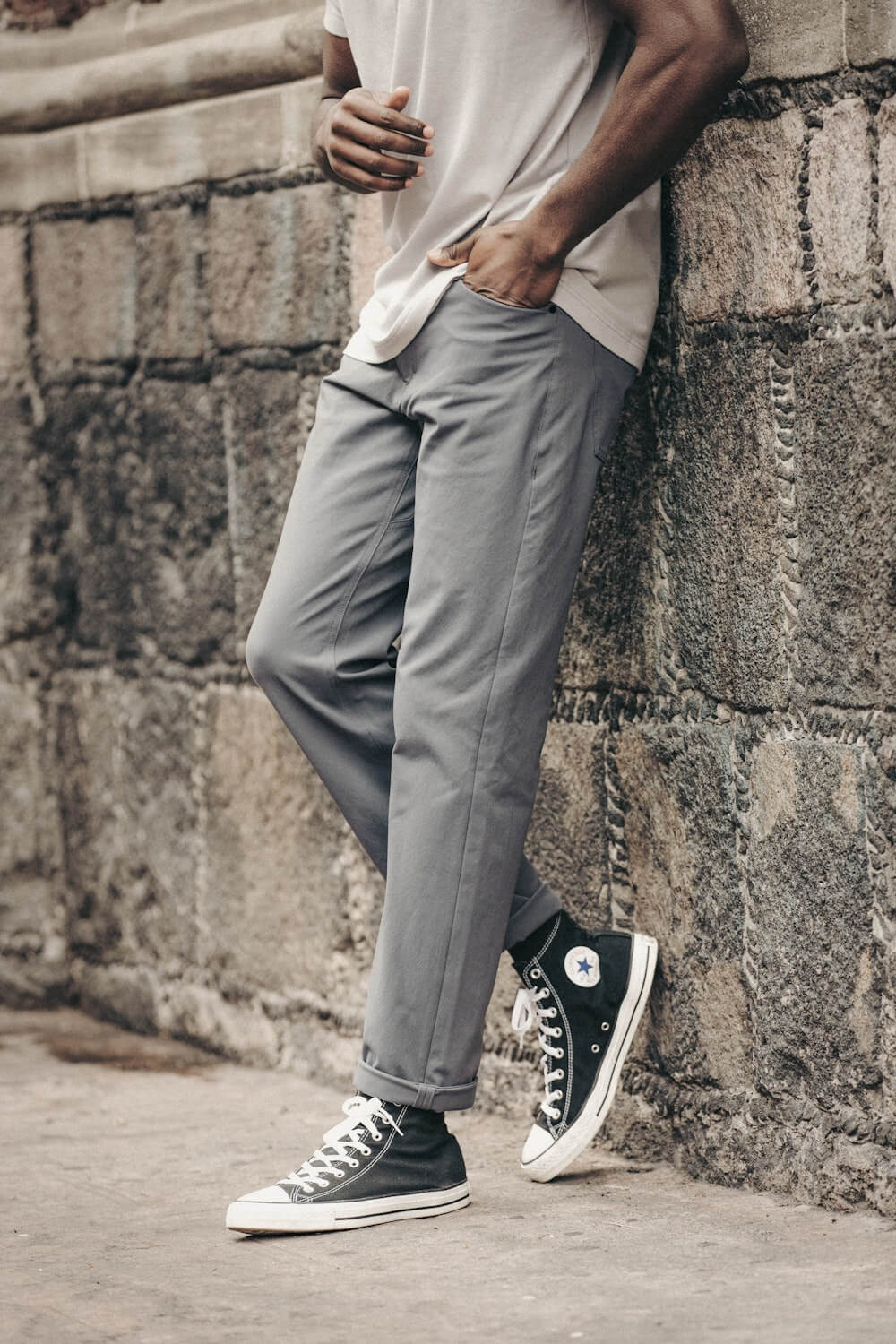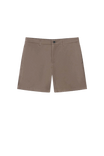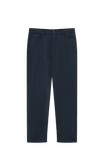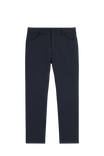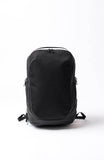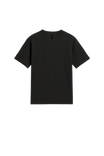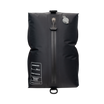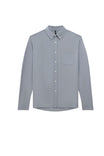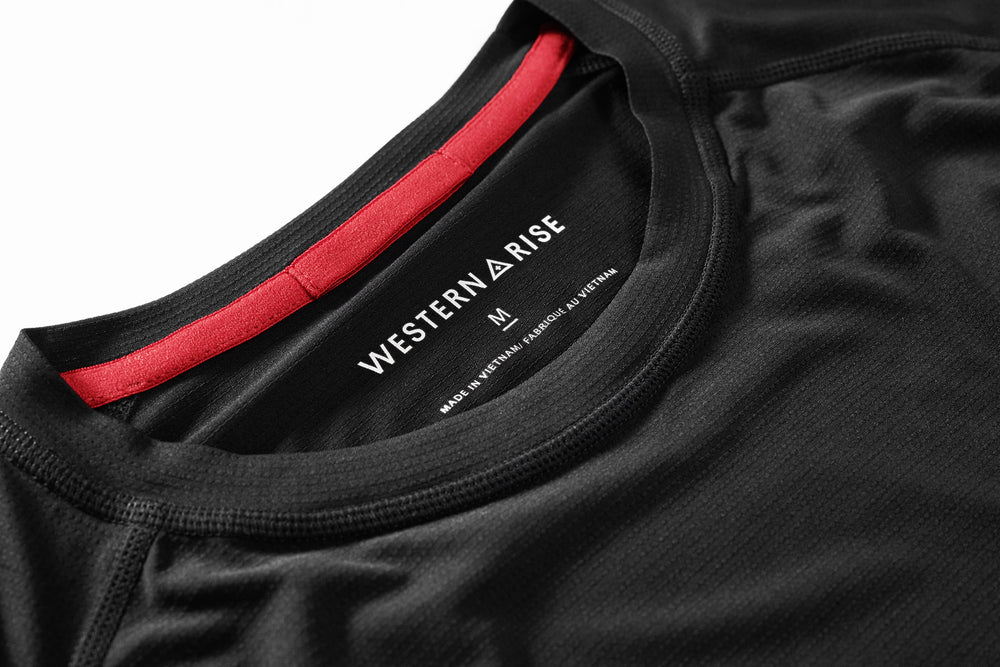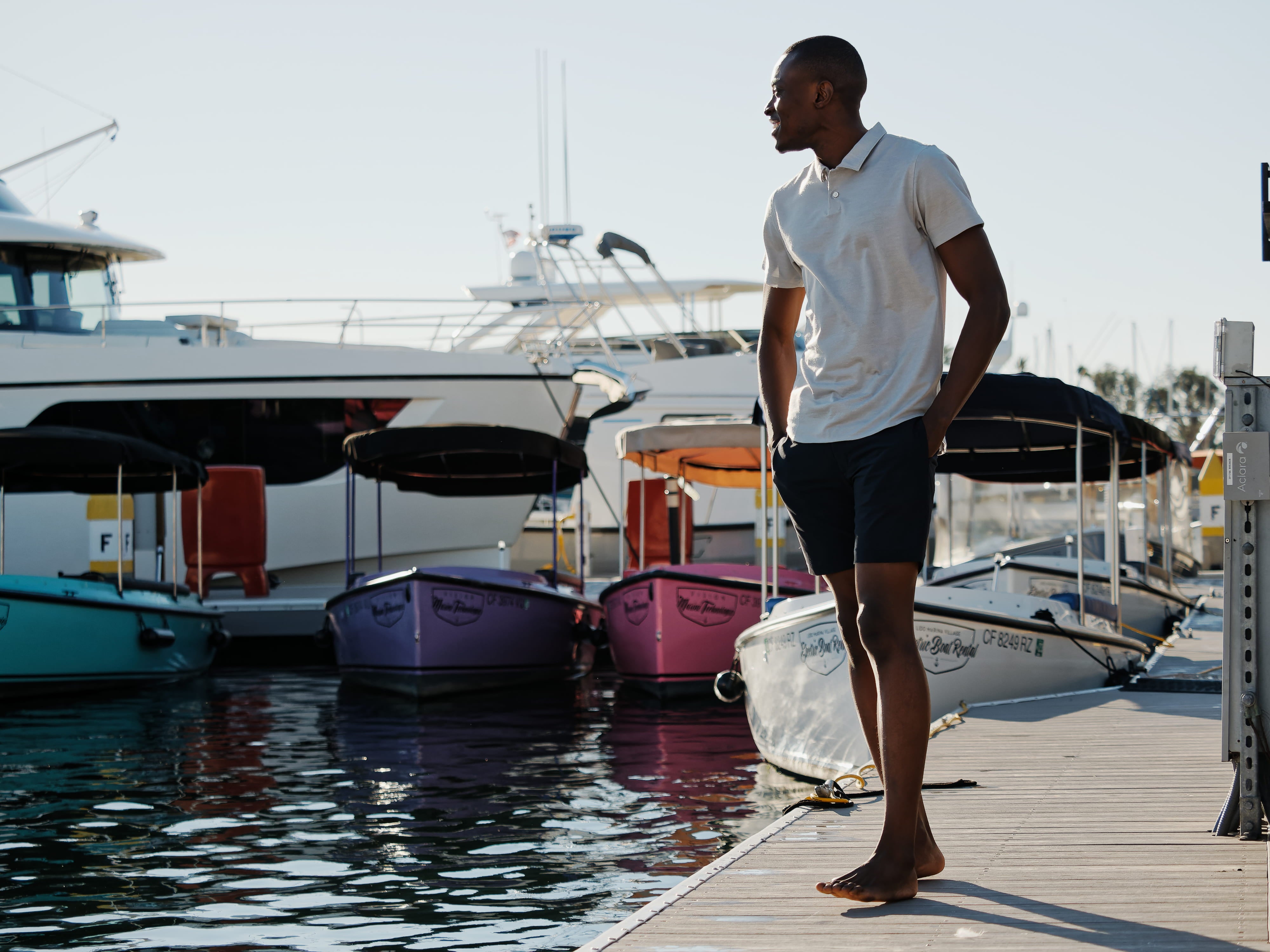Intro
Mastering the art of shirt folding is essential for a well-kept, organized wardrobe, ensuring every garment remains in top condition. From simple daily folds to specific techniques for different materials, and a bonus alternative method, all in one in this guide. Let’s dive into these life-saving folding hacks and keep your shirts looking sharp!

Folding T-Shirt Types
There are a few different methods you can try when learning how to fold your own clothes. This is great for those who aren’t confident in their abilities, but still want to practice and see which way fits them the best:
- Classic Fold: Ideal for casual tees and cotton shirts, where the shirt is laid flat, folded in at the shoulders, and then folded up from the bottom.
- Dress Shirt Fold: Specific for dress shirts and formal wear, involving careful folding along the seams and using a flat surface to maintain the structure and collar integrity.
- Roll Method: Best for travel and storage, particularly for knitted or jersey shirts, where the shirt is rolled tightly from the bottom to prevent creases.
- KonMari Method: A space-saving technique popularized by Marie Kondo, suitable for most shirt types, where the shirt is folded into a small, neat rectangle that stands upright.
- Military Roll: Used commonly in the military for compact packing, this method tightly rolls the shirt, focusing on reducing space and ensuring a crease-free result.
Now, without further ado, here is our simple guide on how to fold different types of shirts properly and efficiently.
How To Fold A Standard T-Shirt
A t-shirt is one of the most basic items in your closet but also can be difficult to fold and take up a ton of room if done incorrectly. Often, your shirts may just end up crumpled in a ball in your drawers. It can become a hassle to constantly have to rifle through your drawers for a shirt if you don’t even know which one you’re looking for.
By following these simple steps you can avoid a constant state of disorganization and fold your t-shirt perfectly well:
- Lay the Shirt Flat:
- Fold the Sleeves:
- Vertical Fold:
- Final Fold:
Finally, now that you have a new square, you will want to take the new bottom of the fold and fold it upwards one more time to complete the process. By doing this final fold, you are bringing the image on the front of the shirt back to the top of the fold and it will be easy to identify in your drawers. It also compacts the shirt without causing any more wrinkles or creases in the process, so you can feel better about how your clothes are holding up while folded.

How To Fold A Dress Shirts
A dress shirt can be intimidating to fold because you want to keep it in the best possible shape before wearing it, and you know that it will wrinkle easily.
To fold a dress shirt in a way that minimizes creasing, especially around key areas like the collar, sleeves, and button placket, follow these steps:
- Button the Shirt:
- Lay Flat and Smooth:
- Fold the Sleeves:
- Fold the Sides:
- Final Fold:

How To Fold A Button-Down Shirt
The way to fold a button-down shirt is quite similar to folding a dress shirt but with a bit more attention to protect the buttons and fabric:
- Button the Shirt: Start by buttoning the shirt, including the top, middle, and bottom buttons.
- Lay It Flat: Place the shirt face down on a flat surface.
- Fold the Sleeves: Fold each sleeve towards the center, creating a straight line from the shoulder.
- Fold the Sides: Gently fold both sides of the shirt toward the center, ensuring the fabric around the buttons lays flat.
- Final Fold: Fold the shirt from the bottom up, stopping just below the collar to avoid pressing on the buttons.
This method helps to protect the buttons and prevent fabric damage.

How to Fold Different Fabrics
A great way to make sure your clothes are staying wrinkle-free and maintaining themselves while being folded is to ensure the materials used are high-quality. That is why Western Rise prides ourselves in using premium fabrics that make sure your clothes can resist scents, dirt, water, and more for extra-long wear periods and maximum comfort.
Materials like nylon, polyester, and Merino wool, also, all used by Western Rise are great options for clothing that maintains its natural state and doesn’t need a lot of fuss.
Folding shirts made of different materials requires specific approaches to maintain their quality:
- Cotton and Linen: These materials can withstand firmer folds. Ensure they are completely dry to avoid mildew.
- Silk and Satin: Avoid sharp folds. Instead, gently roll these fabrics to prevent creasing.
- Merino wool: Lay flat and fold minimally, as wool can stretch. Store merino wool clothing in breathable bags to avoid moth damage.
- Synthetics (Polyester, Nylon): These materials are less prone to wrinkles, allowing for standard folding techniques.

Tailoring your folding method to the fabric type helps in preserving the shirt's longevity and appearance.
How to Fold T-Shirt For Travel
Rolling T-shirts is often considered a better option than folding a t-shirt for travel, especially when space is a premium but also this can help reduce wrinkles as well. Here’s how to do it:
- Lay the T-shirt Flat:
- Fold the Bottom Up:
- Fold in the Sleeves:
- Roll the T-shirt:
- Tuck into the Pocket:
This method is efficient for packing as it compresses the shirts, making them occupy less space, and also helps to keep them wrinkle-free during travel.

Bonus Tips: To Fold Shirts Without Creasing
To fold shirts without creasing, consider these general tips:
- Use Flat Surfaces: Always start by laying the shirt on a flat, smooth surface.
- Smooth the Fabric: Before folding, smooth out the shirt to eliminate any wrinkles or folds.
- Fold Gently: Avoid making tight folds, especially around areas prone to creasing.
- Avoid Pressure on Folds: Don't stack heavy items on top of the folded shirts.
- Rolling Option: For some fabrics, rolling instead of folding can reduce creasing.
These tips help in maintaining a crisp, crease-free appearance for your shirts.
Folding your shirts does not have to be stressful or take up a lot of time or space in your life.
Embracing these methods not only makes packing more light and efficient but also helps maintain the quality and appearance of your shirts, proving that a little effort in folding goes a long way in garment care.

